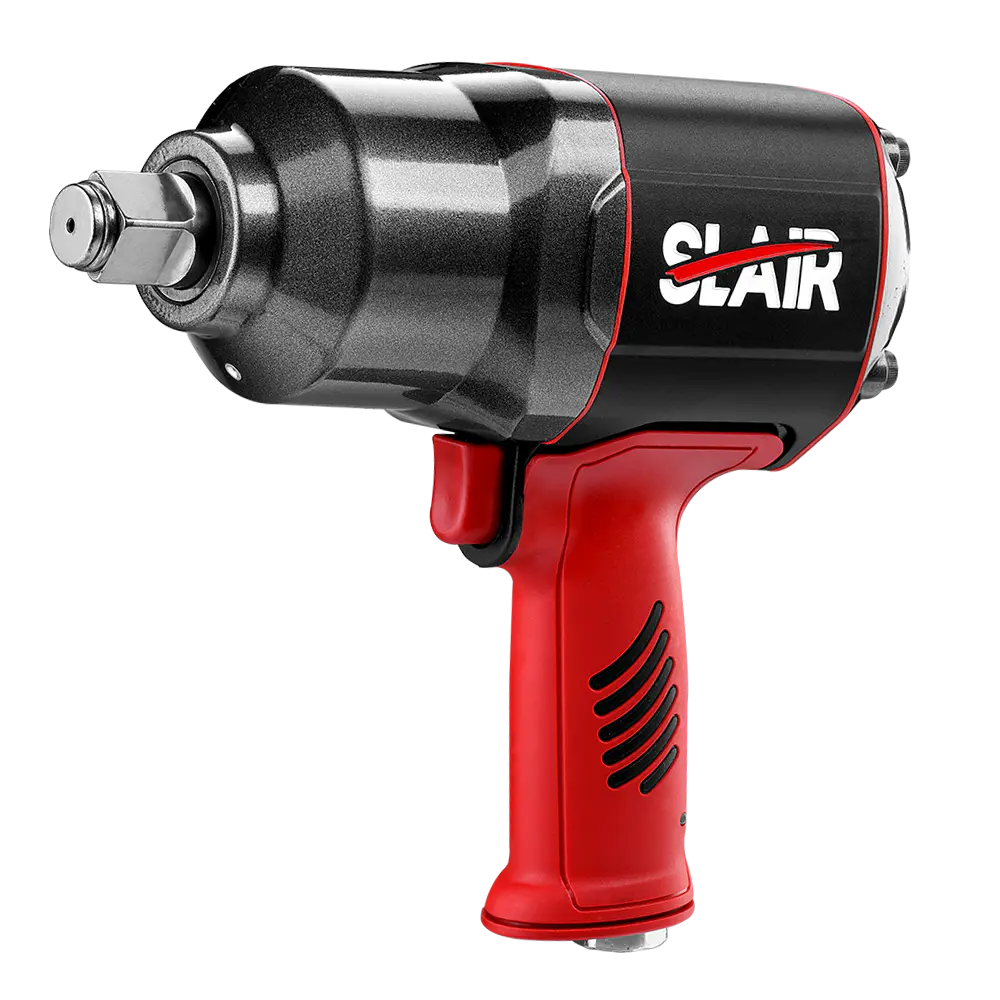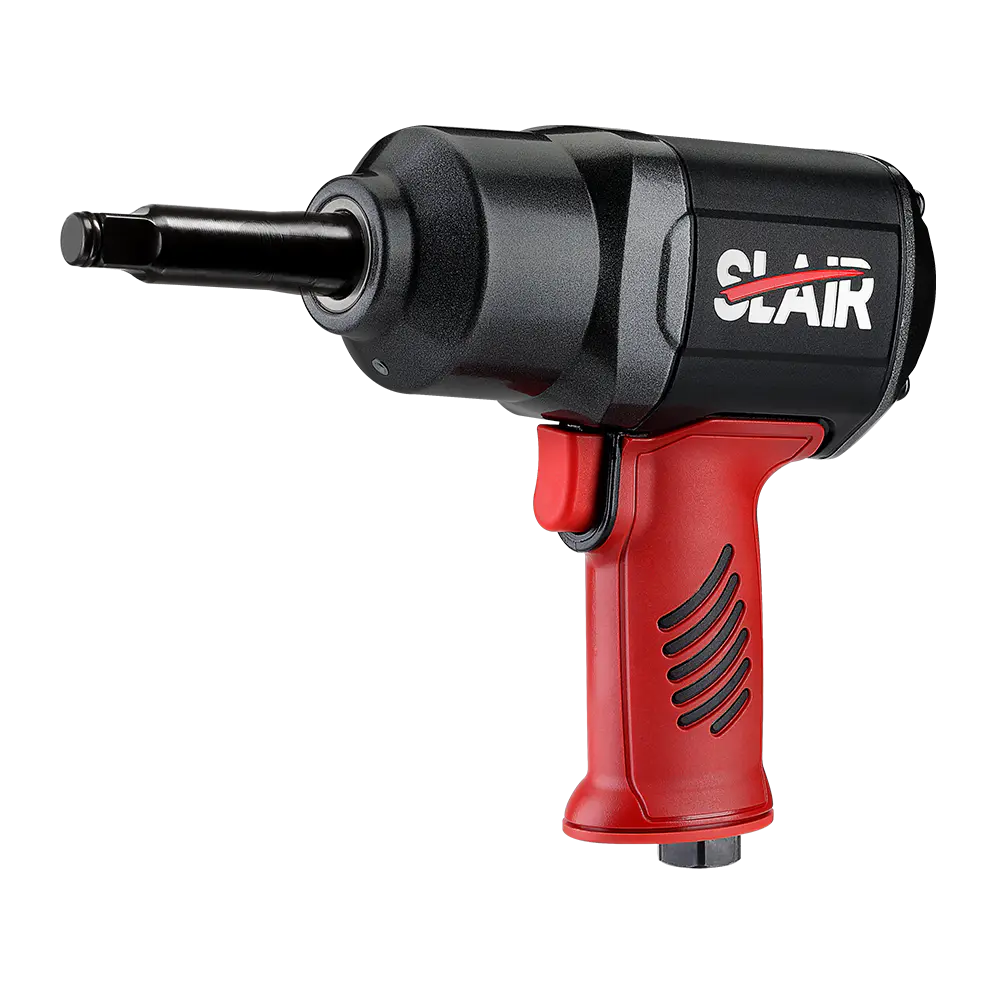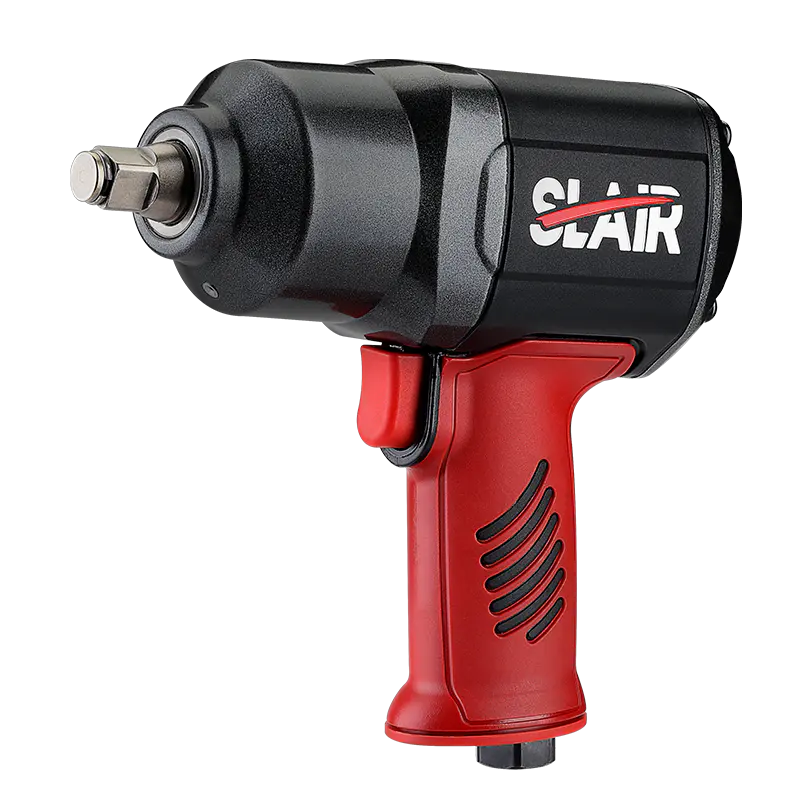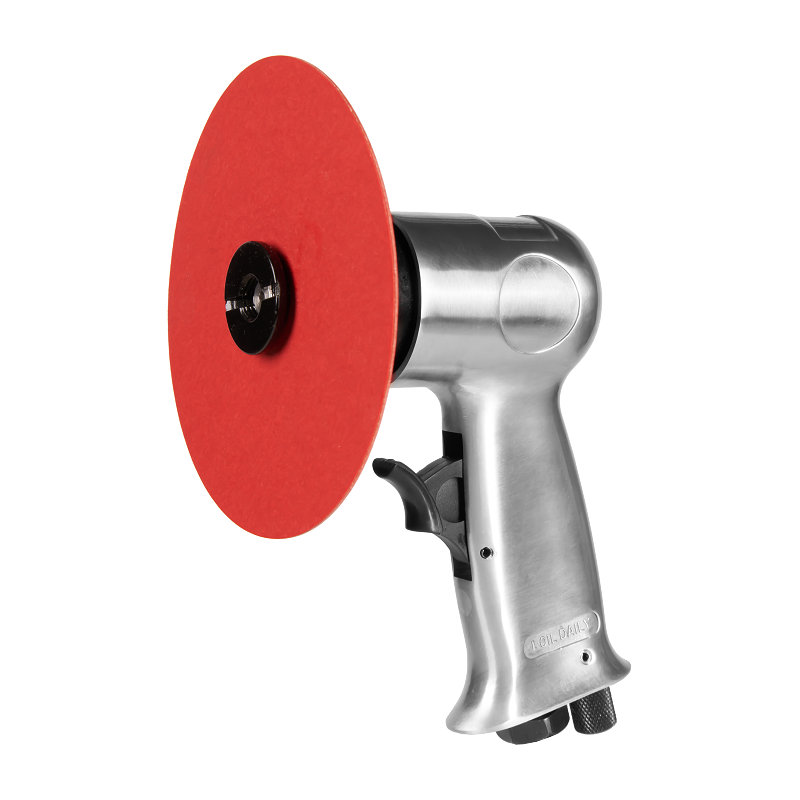The speed and aggressiveness of sanding on an air sander can be adjusted through various means, allowing users to customize the tool's performance based on the specific task at hand. Here are common methods for adjusting the speed and aggressiveness of sanding on an air sander:
Variable Speed Control:
Many air sanders are equipped with variable speed controls that allow users to adjust the speed of the sanding pad. This feature is particularly useful for tasks that require precision or delicate sanding.
Regulator Adjustment:
Air sanders are connected to an air compressor, and the air pressure can be adjusted using a regulator. Controlling the air pressure regulates the tool's overall speed and aggressiveness.
Throttle Control Lever:
Some air sanders have a throttle control lever or trigger that allows users to manually control the tool's speed. By adjusting the pressure on the trigger, users can increase or decrease the speed of the sanding pad.
Pressure Adjustment:
Adjusting the pressure applied to the sanding pad can affect the aggressiveness of the sanding action. Some air sanders feature pressure adjustment settings to control how firmly the sanding pad contacts the work surface.
Orbital or Random Orbital Settings:
Orbital sanders and random orbital sanders often have settings that control the pattern and aggressiveness of the sanding motion. Users can select between different orbital or random orbital settings to achieve varying degrees of aggressiveness.
Sanding Pad Selection:
The type of sanding pad or disc used can influence the aggressiveness of the sanding action. Coarser grits and abrasive materials tend to be more aggressive, while finer grits offer a smoother finish.
Interchangeable Pads:
Some air sanders come with interchangeable pads that can be swapped to achieve different sanding results. For example, a firm backing pad may provide more aggressive sanding, while a soft pad can be used for finer finishes.
Adjustable Stroke Length:
In certain types of
air sanders, particularly in reciprocating models, users may have the ability to adjust the stroke length. A longer stroke can result in more aggressive sanding.
Tool Design and Mechanism:
The overall design and mechanism of the air sander, whether it's an orbital, random orbital, or other type, can influence the tool's aggressiveness. Understanding the specific design features can help users anticipate and control the sanding action.
Sanding Technique:
The user's technique also plays a role in the aggressiveness of the sanding. Applying even pressure and maintaining consistent movements can contribute to achieving the desired results.
It's important for users to familiarize themselves with the specific features and controls of their air sander model. Following the manufacturer's recommendations for adjustments and understanding how each setting affects performance will help users achieve optimal results for different sanding tasks.





 English
English 中文简体
中文简体 русский
русский Deutsch
Deutsch Português
Português Español
Español
















